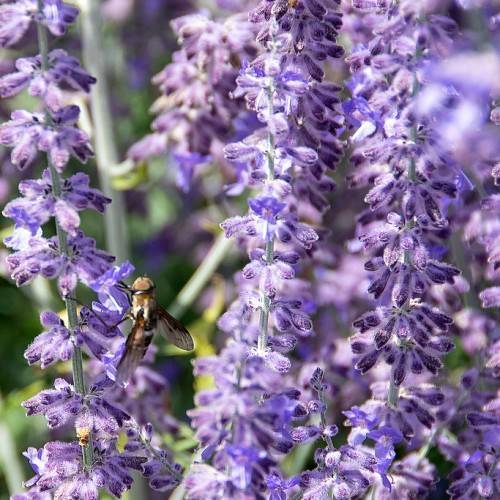
Russian sage
Perovskia atriplicifolia 'Little Spire'
Cycle:
Herbaceous Perennial
Watering:
Minimum
Hardiness Zone:
5 - 9
Flowers:
Flowers
Sun:
Full sun
Leaf:
Yes
Growth Rate:
Low
Maintenance:
Low
Drought Tolerant:
Yes
Care Level:
Medium
watering
Russian Sage (Perovskia atriplicifolia 'Little Spire') requires moderate amounts of water, about every 2 to 3 days. Watering should be done deeply but not too often to avoid root rot. If the soil looks dry, give the plant an inch of water. This should be done until the soil is moist. Make sure to avoid over-watering as this can lead to root rot. It is also important to water at the soil level rather than from above, as this can cause damage to the foliage. During periods of heavy rainfall or extreme heat, its watering needs may increase.
sunlight
Russian sage (Perovskia atriplicifolia ‘Little Spire’) is an attractive, drought-tolerant perennial that needs plenty of sunlight to thrive. The plant should receive full sun -- at least 6 hours of direct sunlight per day -- for best growth and flowering. In areas that experience very hot summers, a little afternoon shade can help to protect the plant from sunburn and heat stress. Russian sage can also tolerate partial shade, but may not bloom as profusely in shadier conditions.
pruning
Russian Sage (Perovskia atriplicifolia 'Little Spire') should be pruned back roughly twice per year. In late winter or early spring, prune the plants back by approximately 1-third to 1-half; this encourages fresh new growth. Prune again in mid-summer, cutting off spent flower stems. Trimming the plants back by half in early spring helps to keep the plant from becoming leggy, and maintaining a neat, compact appearance.
